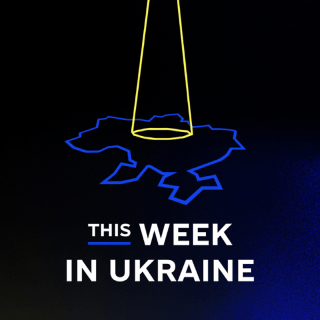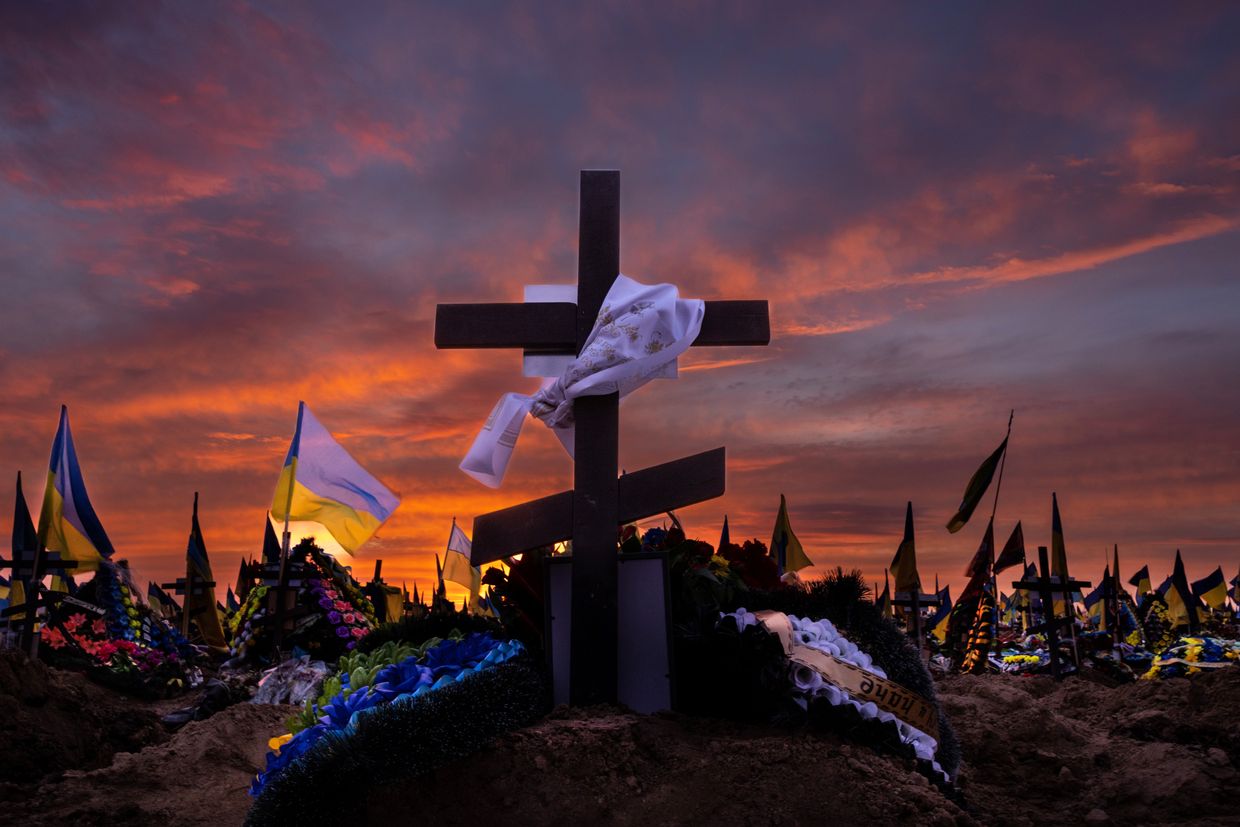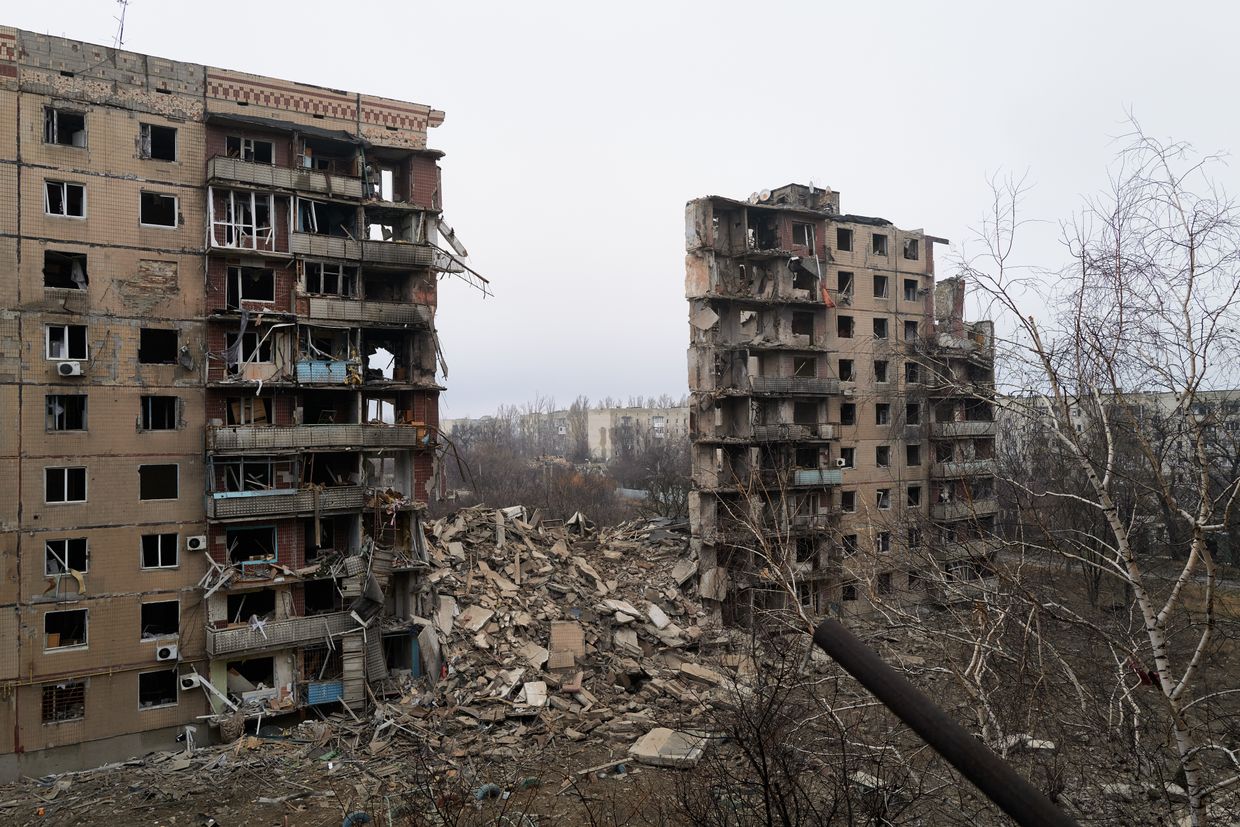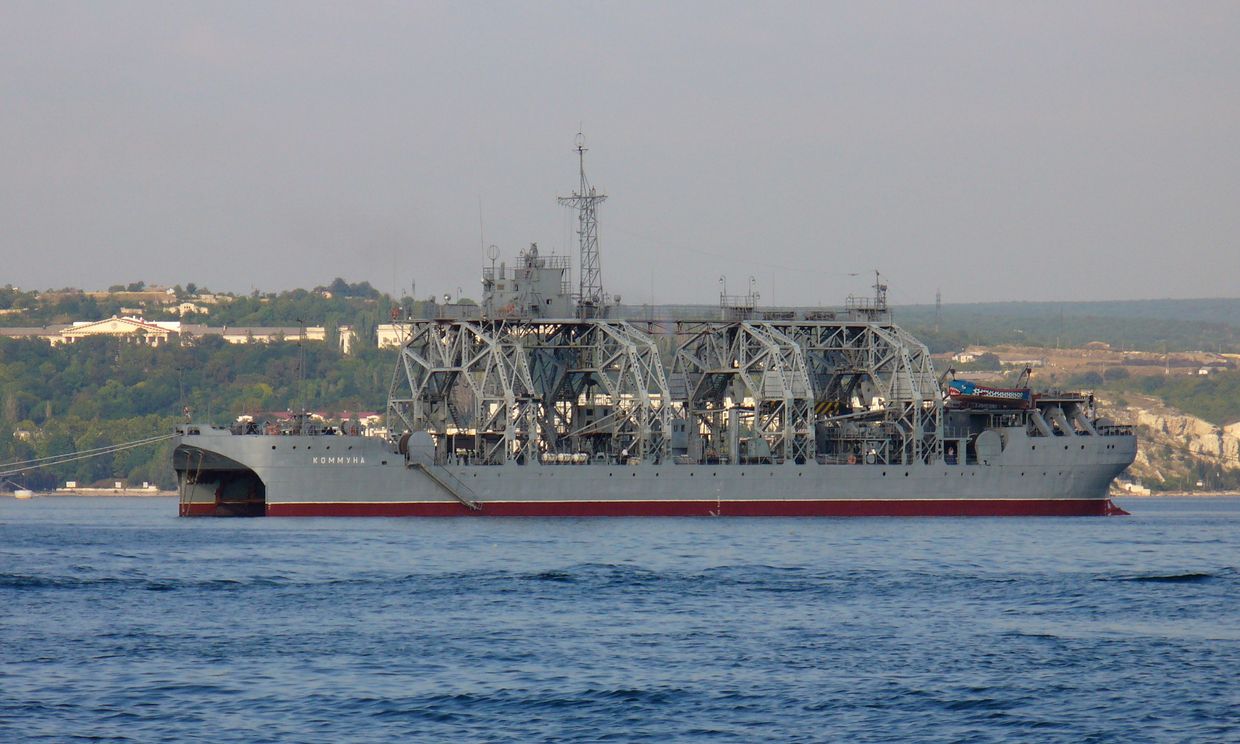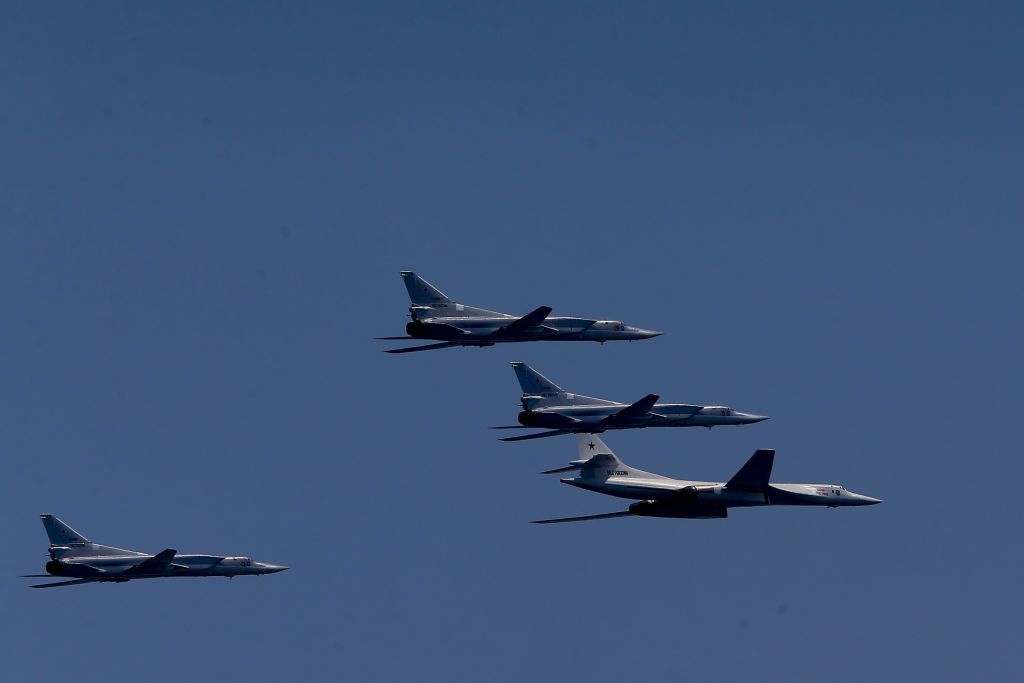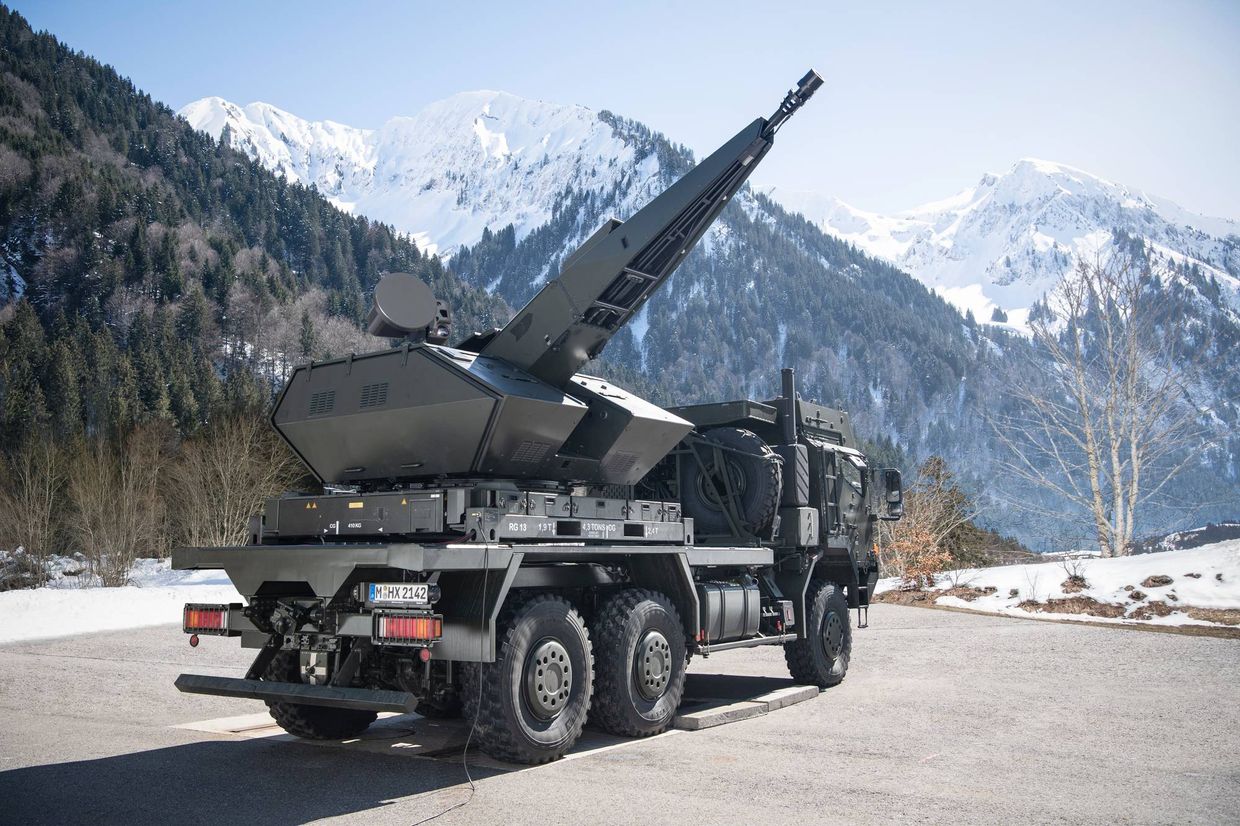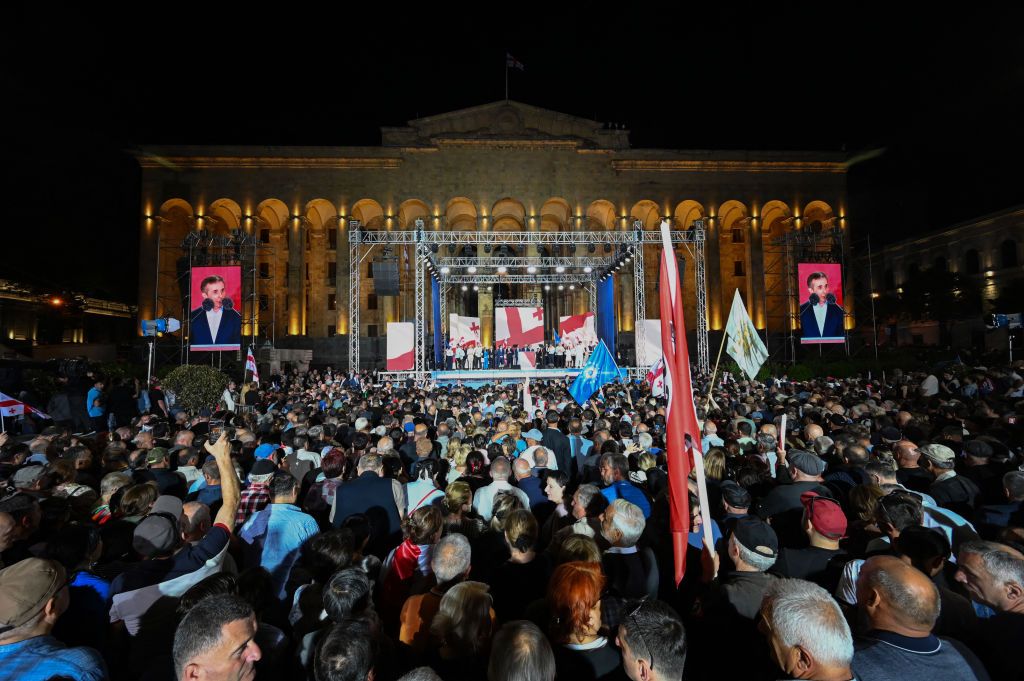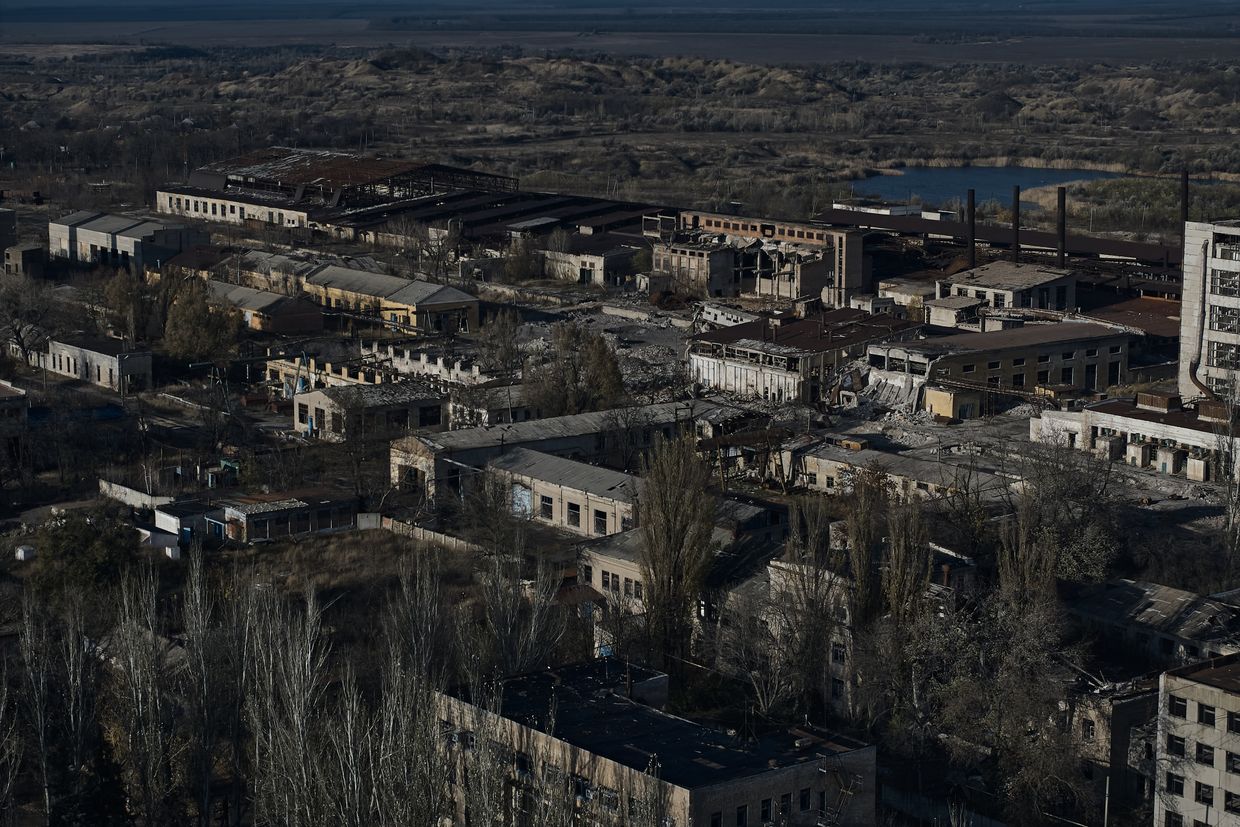The long-awaited passing of the U.S. aid bill in the House of Representatives over the weekend was swiftly followed by a collective sigh of relief in Ukraine and among the country’s allies.
But frustration at the delays caused by political infighting in Congress has not completely subsided, as Kyiv faces a precarious few weeks as it waits for critically needed weapons and ammunition to arrive.
Speaking in an interview with MSNBC on April 21, NATO Secretary General Jens Stoltenberg said the delay "has had real consequences" for Ukraine.
"The Ukrainians have now, for months, been outgunned, roughly one to five, one to 10, depending on what part of the front line you are talking about," Stoltenberg said.
"We have seen that fewer Russian missiles and drones have been shot down simply because they lack air defense systems and also ammunition," he added.
The U.S. House of Representatives passed a $61 billion aid bill for Kyiv on April 20, ending months of deadlock that began nearly seven months ago.
While it is difficult to directly attribute events in Ukraine to the delay, what is certain is the situation has significantly deteriorated on several fronts during this time. Western and Ukrainian officials, including Ukraine's President Volodymyr Zelensky and his U.S. counterpart, Joe Biden, were not shy in attributing blame.

Territory
While the front lines in Ukraine have only changed incrementally compared to earlier periods of the war, the advances that have been made have all been to Russia’s advantage.
Delays in U.S. aid have meant Ukraine has been firmly on the defensive, handing a theater-wide initiative to Moscow’s forces.
"The aid is coming way too late, as materiel shortages resulted in Ukraine losing the initiative in October 2023," Kateryna Stepanenko, a Russia analyst at the Institute for the Study of War, told Reuters on April 22.
Stepanenko added that Ukraine had lost 583 square kilometers of territory to Russian forces since then, largely due to a lack of artillery ammunition.
The most significant territorial loss for Ukraine was the city of Avdiivka in Donetsk Oblast, which fell to Russian forces on Feb. 17 following a sustained assault from Kremlin troops that lasted months.
In the days leading up to the Ukrainian withdrawal, U.S. National Security Council spokesperson John Kirby warned an artillery shortage could lead to the loss of the city. After Avdiivka fell, Biden laid the blame squarely on delays in U.S. aid.
"This morning, Ukraine’s military was forced to withdraw from Avdiivka after Ukrainian soldiers had to ration ammunition due to dwindling supplies as a result of congressional inaction, resulting in Russia’s first notable gains in months," Biden said in a statement on Feb. 17 after a call with Zelensky.
Despite Russian advances, the Avdiivka campaign was also extremely costly to Russia in terms of manpower and equipment. Moscow reportedly lost over 20,000 troops, 199 tanks, and 481 armored fighting vehicles in that sector in January and February 2024 alone.
Russia’s attempts to take Ukrainian territory have continued as they attempt to take advantage of the lag between the aid bill passing, and the aid actually arriving on the battlefield.
Ukraine’s military said on April 22 that around 20,000 to 25,000 Russian soldiers are currently trying to storm Chasiv Yar and the settlements in the town's outskirts.
Energy infrastructure
During the autumn and winter of 2022-23, Russia nearly achieved its goal of destroying the energy infrastructure in Ukrainian cities, including the capital, Kyiv.
The campaign was one of the major factors that led to an increase in Western-supplied air defense systems, including the U.S.-made Patriot.
For much of the rest of 2023, numerous Russian aerial attacks on Kyiv were successfully thwarted.
Mass concentrations of drones and missiles led to many a sleepless night for residents, but the explosions that kept them awake were the sounds of the projectiles being intercepted and destroyed by the new air defenses.
Since the beginning of 2024, it has been a very different story. Russia’s mass missile and drone attacks, while less frequent, have been far more destructive as Ukraine ran low on the ammunition needed for its air defense systems.
Nowhere was this illustrated more starkly than on April 11, when the Trypillia Thermal Power Plant in the city of Ukrainka in Kyiv Oblast was completely destroyed.
In an interview on April 16, Zelensky made clear why four of the 11 missiles fired at the plant successfully struck it.
"Why? Because there were zero missiles. We have run out of all the missiles that protected the Trypillia TPP," the president said.
Other Ukrainian cities less defended than Kyiv have fared even worse. Kharkiv Mayor Ihor Terekhov said on April 17 that he believes his city is at risk of becoming "a second Aleppo" if left without help to obtain air defense systems.
Russia recently intensified attacks against Kharkiv, which had a population of 1.4 million in 2021, with the use of missiles, glide bombs, and drones, destroying energy infrastructure and killing civilians.
In March, attacks reportedly damaged or completely destroyed 80% of the thermal generating capacity of DTEK, Ukraine's largest private energy company.
On April 23, Ukraine's state-owned energy operator Ukrenergo said the country faces power deficits caused by Russian attacks on its energy system, forcing Kyiv to temporarily restrict power supply to businesses and industrial facilities.
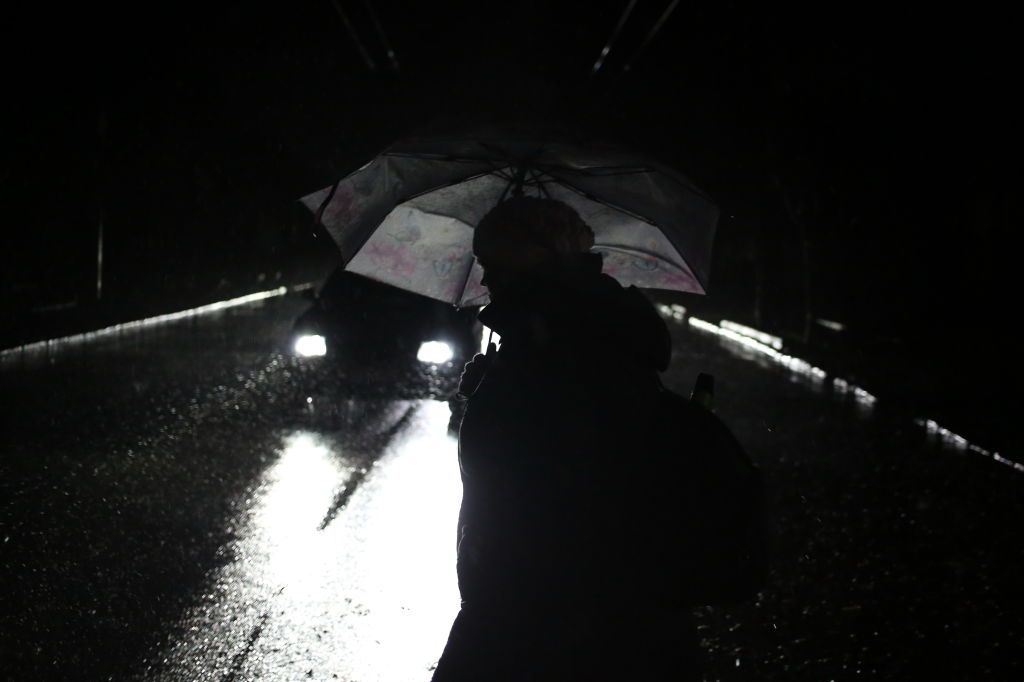
People
While it is difficult to directly attribute civilian deaths to the delay in U.S. aid, data from the UN Human Rights Office shows the general trend of declining deaths and injuries ticked up again in December and January, coinciding with Russia’s increasingly effective missile and drone attacks.
UN figures do not include deaths and injuries in occupied Ukraine and the real figures are almost certainly far higher throughout the war.
The UN also reported that at least 604 Ukrainian civilians had been killed or injured in March, a 20% uptick from the month before.

Find more statistics at Statista
As for deaths on the battlefield, there is no public data on the number of Ukrainian troops killed while the U.S. aid bill was being debated, but Zelensky said in February the total since the beginning of Russia’s full-scale invasion was around 31,000.
There have been no official figures since, but one thing that is certain is that more Ukrainian soldiers continue to be killed on the battlefield the longer the war goes on.
One of them was Pavlo Petrychenko.
Before the full-scale invasion, Petrychenko was a renowned Kyiv activist who fought for the prosecution of corrupt Ukrainian officials.
He joined the military two months into the war and was one of the soldiers who liberated part of southern Kherson Oblast during the counteroffensive in the fall of 2022.
Petrychenko was among the troops who had liberated part of southern Kherson Oblast in the fall of 2022 and participated in the heavy fighting in eastern Donetsk Oblast.
While he fighting he still managed to maintain his activism, creating a petition to ban online gambling and access to online casinos for military personnel during martial law, something he said was having a negative effect on some soldiers.
It worked – after gaining the necessary signatures, President Volodymyr Zelensky signed a decree on April 20 to restrict online gambling in Ukraine, including a ban for the military until the end of martial law.
Tragically, Petrychenko didn’t leave to see this – on April 15, just a day before his 32nd birthday, he was killed in combat in Donetsk Oblast.
Ukraine is losing its best people every day because of Russia’s genocidal war and inadequacy of some “allies”.
— Saint Javelin (@saintjavelin) April 16, 2024
This loss hits very hard. Pavlo Petrychenko @vkrainets, a fighter of the 59th Separate Motorized Infantry Brigade, was killed in action on the frontlines yesterday.… pic.twitter.com/vHWYhnkhD0



